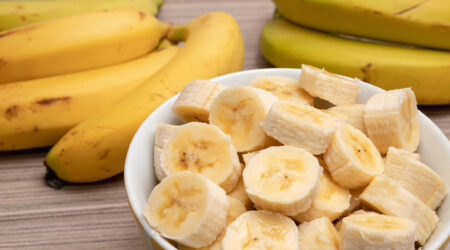
7 Human Foods That Cats Can Enjoy
If you are a pet parent, you must be used to examining the ingredient list of pet foods at the grocery store. While cats are carnivores, not all human foods suit them. Ensuring that everything they eat is safe can require considerable research. However, certain foods from your plate could be great snacks for cats. So, read on to see the delicious yet safe foods you can give your pet to meet their nutritional needs: Human foods safe for cats Here are some fruits, vegetables, and other snacks your cat may enjoy. However, you must give them these items in moderation, as most of your pet’s food should be specifically designed for them. Many brands offer wet cat food products to help pets meet their daily nutrient requirements. Nevertheless, here are a few human foods safe for cats: Strawberries Strawberries are an incredibly delicious treat, and they can be just as beneficial for cats as humans. Strawberries are a great source of antioxidants, vitamin C, folate, and potassium. These nutrients help boost your cat’s digestive and overall health. Strawberries contain ellagic acid, which helps protect the cells from the harmful effects of free radicals (unstable damage-causing atoms) and improves eye health. The fibers in strawberries promote a healthy gut, and the fresh flavor makes the fruit a favorite for your furry friend. Additionally, strawberries can even help eliminate bad breath in cats. Bananas Cats may enjoy bananas as occasional treats, and the fruit can have certain benefits. First, it is a good source of fiber, which can help regulate digestion and prevent constipation. Banana also contains several vitamins and minerals, such as vitamin C and potassium, that can help improve overall health. Salmon Salmon packs protein and essential fatty acids, which can help support the overall health of cats. The fatty acids in salmon are known to enhance coat (fur) health and reduce inflammation and joint pain in cats.
Read More 









